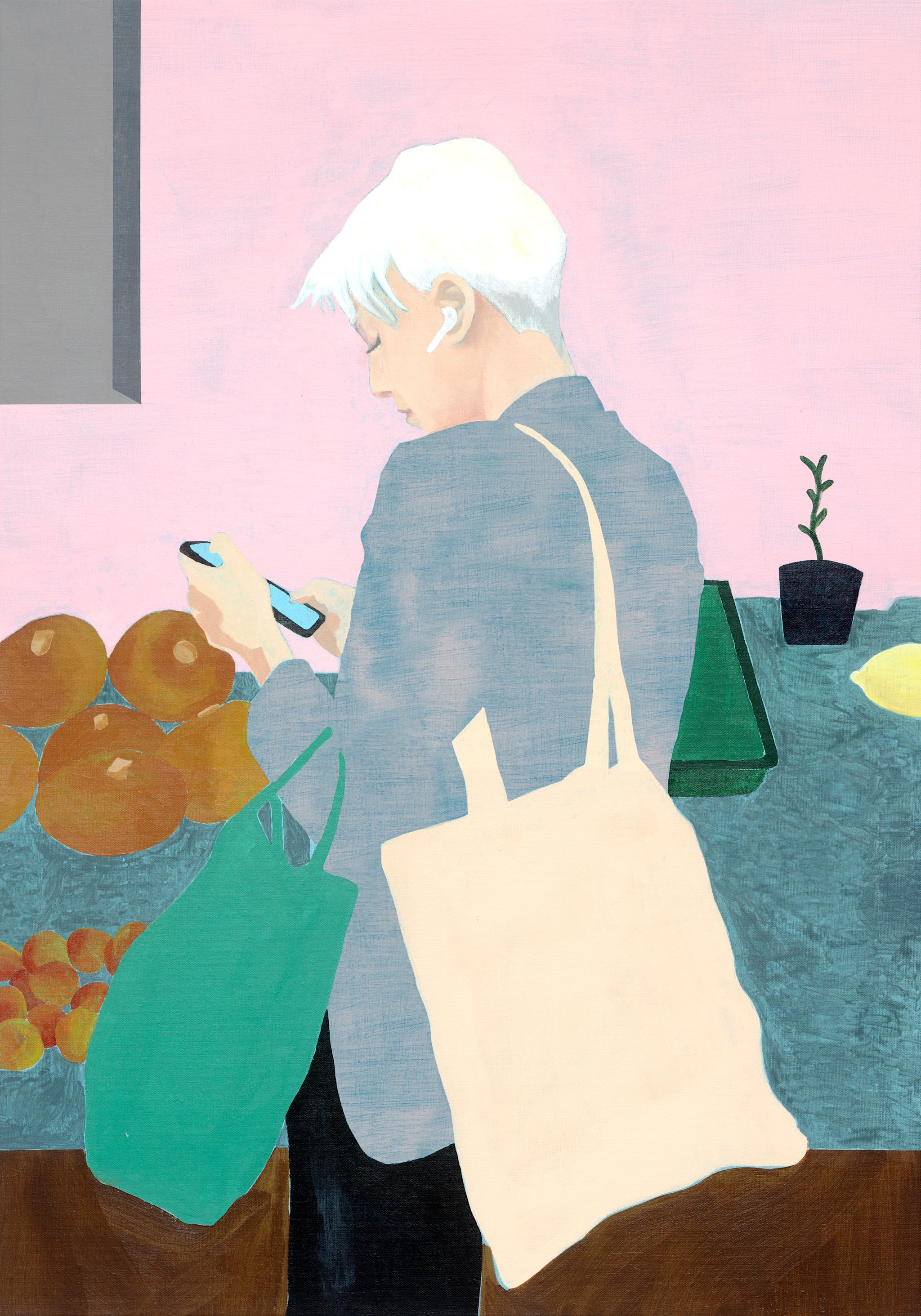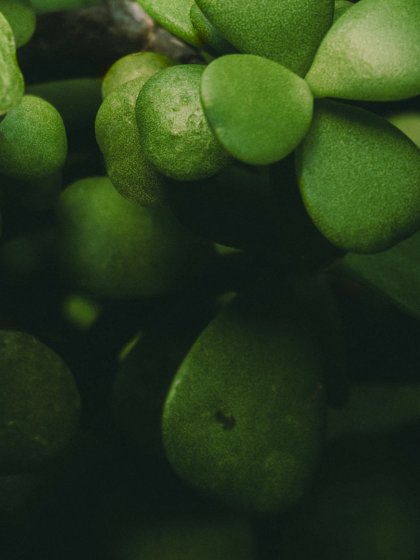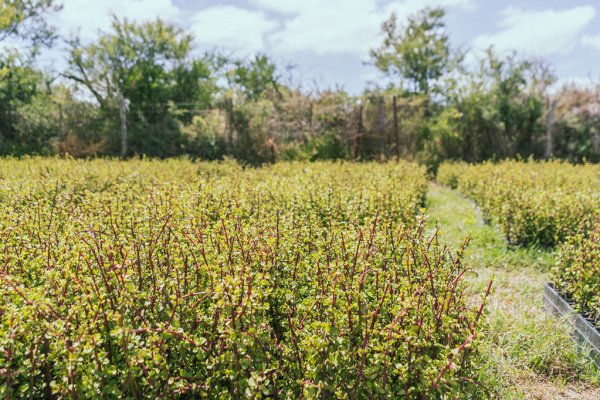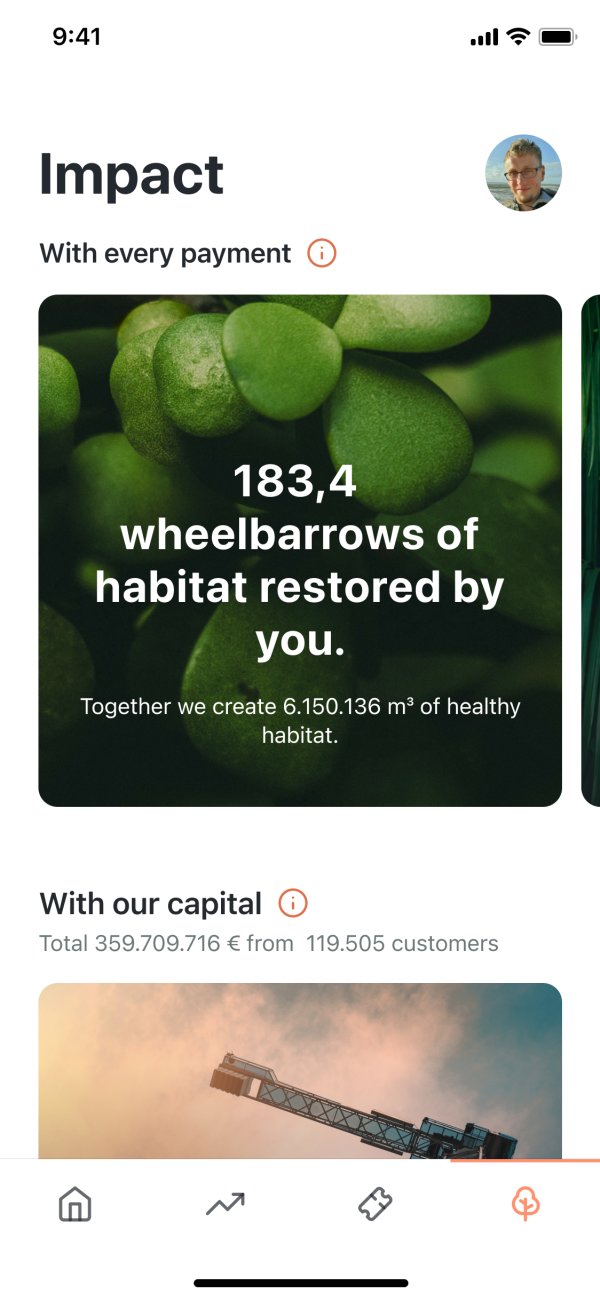
Protect the climate with every purchase

Every single time you use your Tomorrow card you actively protect the climate.
If you pay €10 with your Tomorrow card, you restore 1 wheelbarrow of habitat.
To transform the dry areas in the Eastern Cape in South Africa into healthy land again, we plant seedlings of native spekboom. You can learn more about the spekboom restoration project here.

Track your positive impact in the app – and the impact of the entire community.

Make an even bigger contribution to protecting the climate
Together we finance renewable energy and social projects.
Help us to become sustainable banking you want to use.
Your friends’ contributions to a better future are your contribution, too.
Download the Tomorrow App now and open a sustainable account in just a few minutes.
Note: Our partner Solaris SE is the provider of all banking services. Additionally Tomorrow GmbH offers the brokerage of the Tomorrow Better Future Stocks fund as a tied agent within the meaning of § 2 para. 10 KWG in the name and for the account of Solaris SE and is entered in the public register maintained by the German Federal Financial Supervisory Authority (BaFin). The register can be viewed at portal.mvp.bafin.de/database/VGVInfo/.


